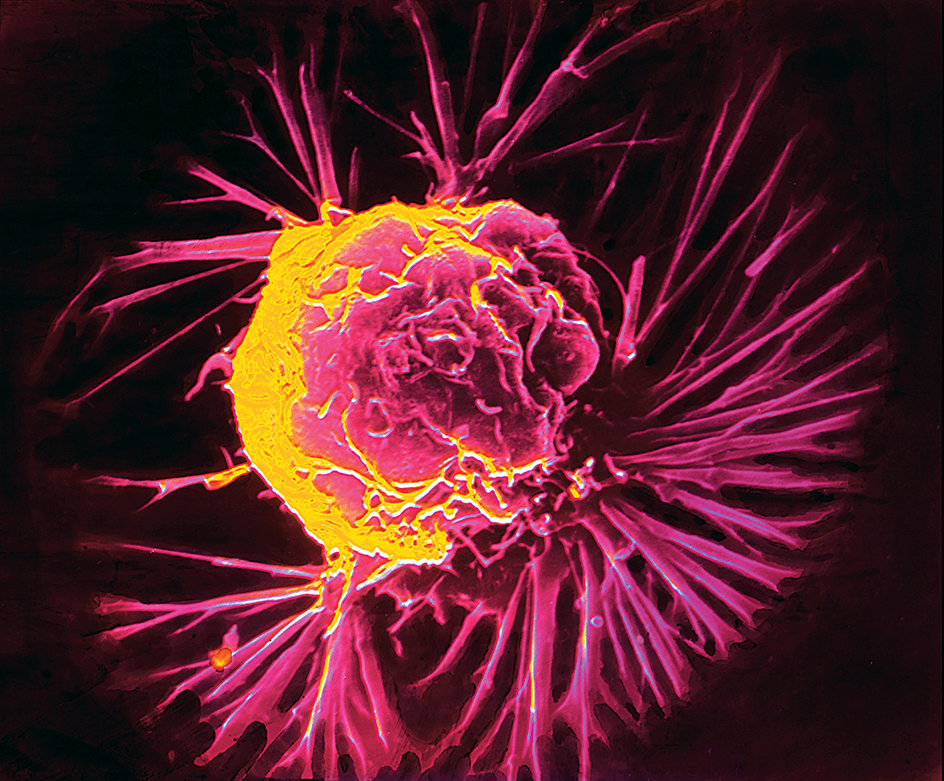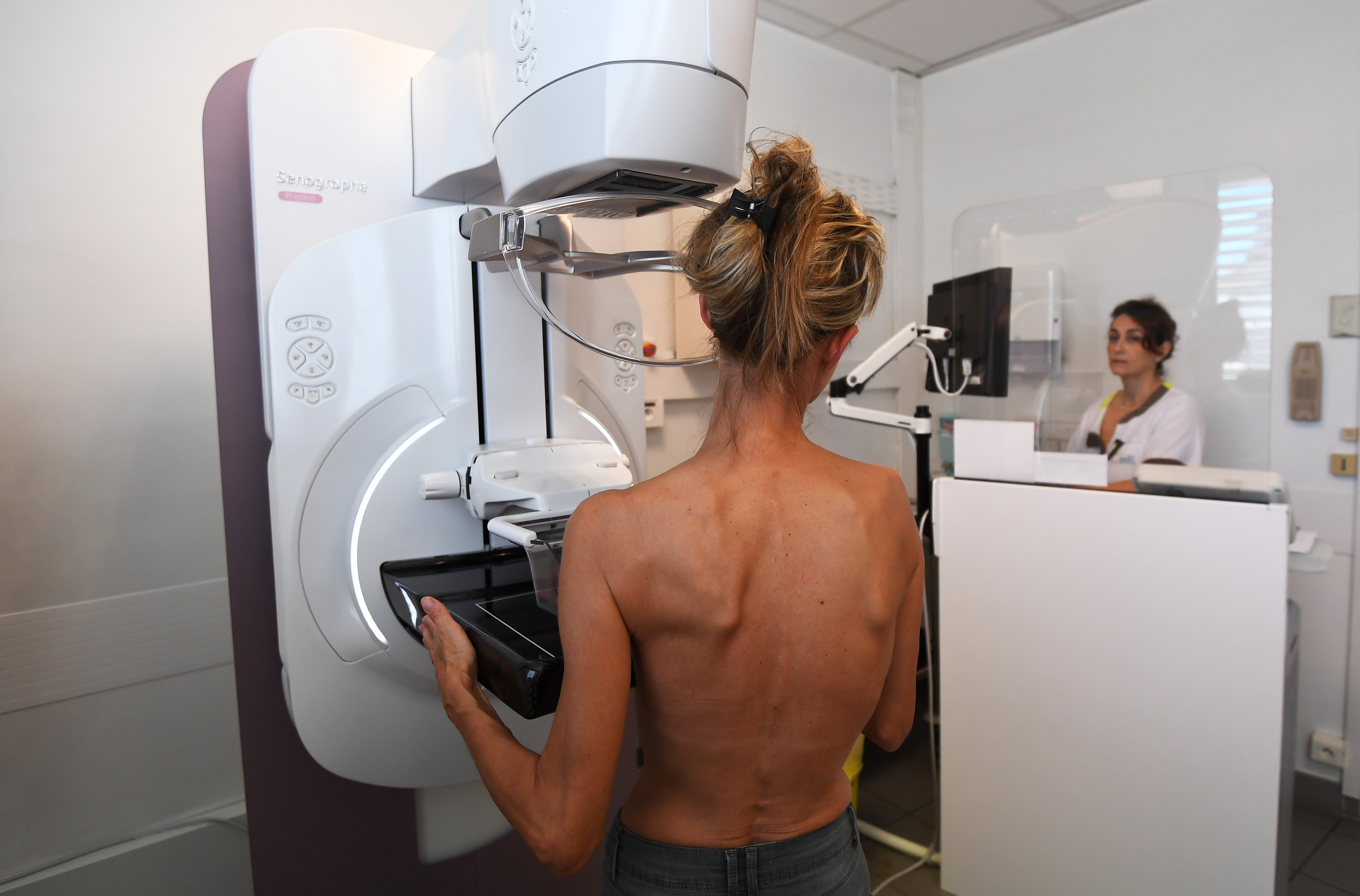Breast cancer is an uncontrolled division of cells arising in the breast. The cancer is potentially deadly. In the United States, breast cancer ranks as the most common cancer in women. According to the American Cancer Society and the National Cancer Institute, an average of 1 in 8 American women will develop breast cancer sometime during their lives. A small number of men also develop breast cancer.

A woman’s chance of getting breast cancer increases with age. Most breast cancers are found in women age 50 or older. The risk also increases with a personal or family history of breast or ovarian cancer. About 5 to 10 percent of all breast cancers are inherited. Most inherited breast cancers result from mutations in two genes. These genes are called BRCA1 and BRCA2. Both can be detected with a blood test. Women who inherit mutations in the BRCA1 or BRCA2 genes have a significantly greater lifetime risk of developing breast and ovarian cancer than women who do not. A woman with a BRCA1 or BRCA2 mutation may consider preventive measures. These measures include certain medications or surgical removal of the breasts and ovaries.
A painless lump in the breast is the most common symptom of breast cancer. Using a breast X ray called a mammogram, doctors can detect many breast cancers before they can be felt. For most women, doctors recommend an annual mammogram beginning at age 40.
Breast cancer exists in two major forms, and noninvasive. Invasive breast cancer has penetrated normal breast tissue and can spread to other parts of the body. Invasive breast cancer is more serious than noninvasive breast cancer. Physicians generally treat it aggressively. Noninvasive breast cancers, also called in situ breast cancers, are confined to the breast tissue where they developed. They do not spread to the surrounding tissues in the breast or other parts of the body. Noninvasive breast cancer includes an early stage cancer called ductal carcinoma in situ (DCIS).
Physicians usually begin treatment of breast cancer by surgically removing the cancer. If the cancer is small, a lumpectomy can preserve the breast. In this operation, a surgeon removes the cancerous lump and a margin of the normal tissue surrounding it. Doctors then treat the breast with radiation to kill additional cancer cells. If the cancer is large, surgeons remove the entire breast in a procedure called mastectomy.
In a lumpectomy or a mastectomy, doctors also remove and examine lymph nodes from the armpit. Lymph nodes are small masses of tissue that help the body fight disease. They filter out bacteria and other harmful particles. Cancer in the lymph nodes indicates a higher risk that the cancer will later reappear, or recur, in other parts of the body. A cancer that is especially large or has extremely disorganized cells also has a higher risk of recurring.

Physicians may offer additional treatment to prevent a cancer from reappearing. To determine the best treatment, they test some of the cancer cells for the presence of specialized proteins on or in the cell. These proteins are called receptors because chemicals can bind to them. If the cancer cells have hormone receptors called the estrogen receptor and progesterone receptor, physicians may prescribe certain drugs. Such drugs as tamoxifen or aromatase inhibitors block either these receptors or the hormone estrogen itself. A drug called trastuzumab blocks another receptor called HER2. Trastuzumab is marketed under the name Herceptin. HER2 is found on about 20 percent of all breast cancers. Physicians can also administer chemotherapy to destroy cancer cells remaining in the body. Chemotherapy drugs have a toxic effect on cancer cells. These therapies reduce the risk that the cancer will reappear.
In about 1 in 5 women treated, the cancer that began in the breast recurs in other parts of the body. Physicians refer to this condition as metastatic breast cancer. Metastatic breast cancer cannot be cured. But doctors can often control it for many years with drugs.
Breast cancer researchers face many challenges. They are working to develop ways to detect breast cancer earlier, prevent recurrence, and develop drugs that are more effective with fewer side effects.
See also Breast; Cancer; Chemotherapy; Mammography; Mastectomy; Tamoxifen; Taxol.
